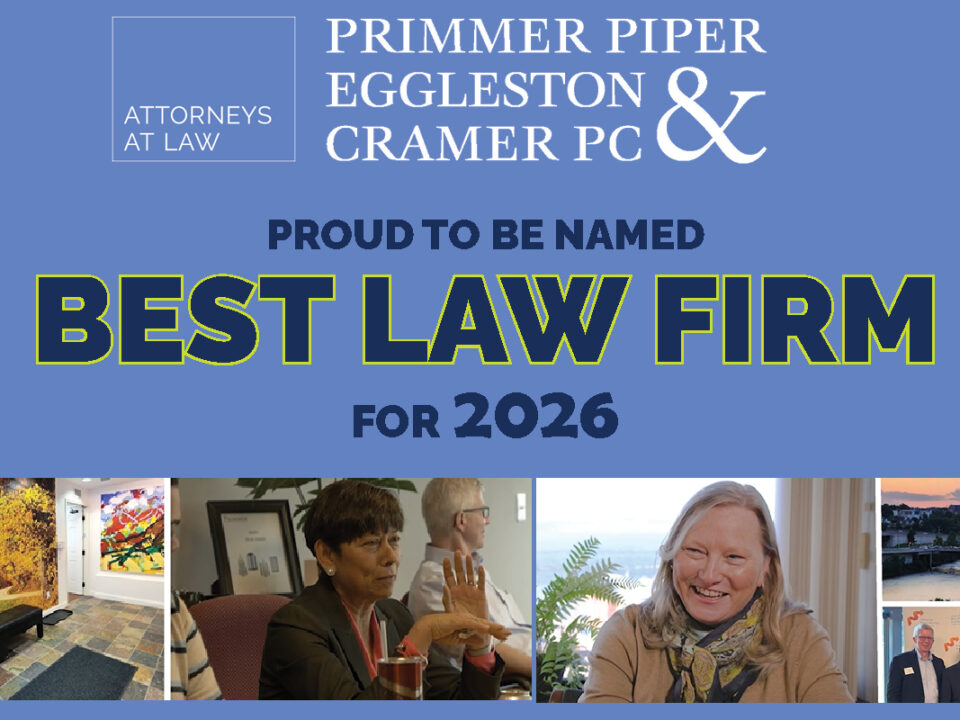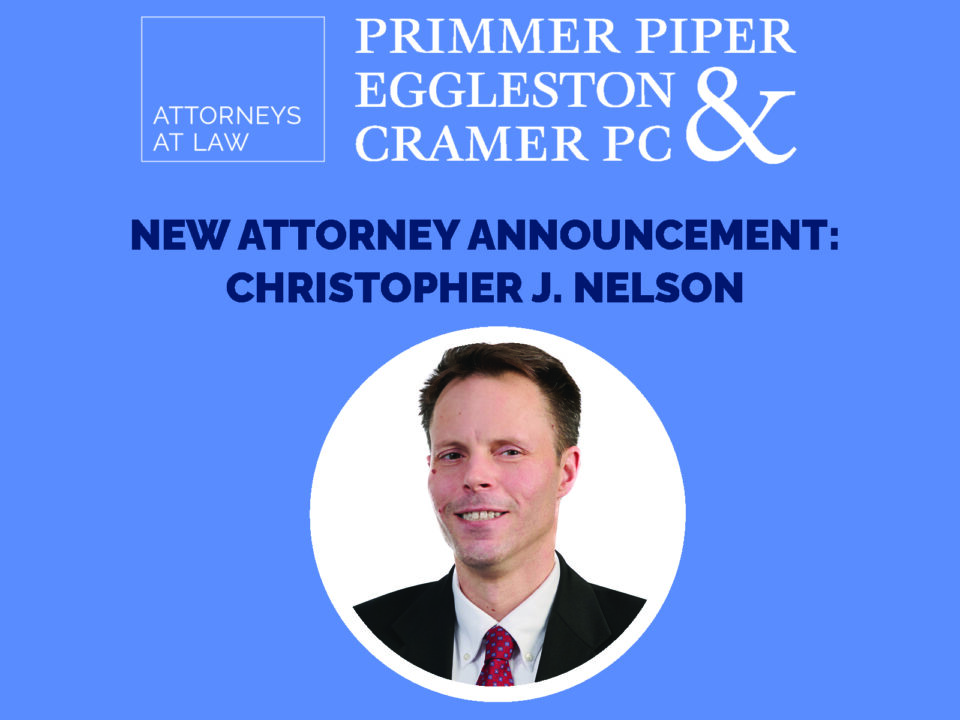
New Restriction on Evictions in New Hampshire

DC Reimaged Video Fundraising Campaign
The Small Business Reorganization Act (“SBRA”), effective February 2020, added a new subchapter to the United States Bankruptcy Code that provides a streamlined process for small businesses to reorganize under Chapter 11 by eliminating many of the traditional Chapter 11 requirements. “Subchapter V” offers a viable option for small businesses to complete a Chapter 11 reorganization in less time and with reduced complexity, cost, and administrative requirements.
A debtor was originally disqualified from Subchapter V relief if its debts—with some exceptions—exceeded $2,725,625. The Coronavirus Aid, Relief, and Economic Security (“CARES”) Act, effective March 27, 2020, and for a period of one year, amends the SBRA to temporarily increase the debt limit to $7.5 million under Subchapter V.
The CARES Act revisions to Subchapter V make access to bankruptcy reorganization available to and feasible for more and larger business debtors at a time when many businesses are experiencing distress from economic conditions caused by the COVID-19 pandemic. As the CARES Act provides only a one-year increase to the Subchapter V debt limit, the number of small business debtors seeking relief under its provisions is expected to rise in the near term.
Subchapter V provides a mechanism for a small business to reorganize and restructure debt while allowing its owners to maintain operational control and their equity interests. In return, creditors are guaranteed to be repaid at least to the extent that a Chapter 7 liquidation would provide. Although Subchapter V presents creditors with various new challenges, savvy creditors will realize new opportunities to recover a greater share of what they are owed than otherwise possible.
Creditors should be aware of the following principal features of Subchapter V:
- Increased speed: The debtor must file a plan within 90 days after the order for relief. 11 U.S.C. § 1189(b).
- Streamlined disclosures: Subchapter V does not require the same complex disclosure statement of a traditional Chapter 11 proceeding, but plans must still contain basic disclosures. 11 U.S.C. § 1190(1).
- No creditors’ committee: No creditors’ committee is appointed unless ordered by the bankruptcy court, thereby eliminating the significant associated cost. 11 U.S.C. § 1181(b).
- Specialized trustee appointment: A specialized trustee is appointed to facilitate the development of a consensual plan of reorganization and to appear and be heard on confirmation and other significant issues. The Subchapter V trustee’s primary role is to work with the parties and then to report to the court, not to engage in litigation with them. 11 U.S.C. § 1183.
- Creditors’ ability to block plan weakened: Under Subchapter V, the court must confirm a plan even if all impaired classes of creditors do not accept the plan, provided (1) the plan does not discriminate unfairly and (2) is fair and equitable. 11 U.S.C. § 1191(c). So-called “cramdown confirmations” are more difficult in traditional Chapter 11 proceedings, requiring at least one class of creditors to accept the plan. 11 U.S.C. § 1129(a)(10).
- Guaranteed better recovery than through liquidation: Although Subchapter V weakens some of their protections, creditors are guaranteed to recover at least what would be possible under a Chapter 7 liquidation. 11 U.S.C. 1129(a)(7).
- No absolute priority rule: Subchapter V eliminates the “absolute priority” rule, i.e., owners can retain their equity in a debtor small business over the objection of unsecured creditors, without paying creditors in full and without owners’ contribution of new capital into the business. A Subchapter V plan can be confirmed if the debtor can pay creditors out of its “disposable income”, even if only in part, for a period of three to five years. Disposable income means income above what is needed “for the payment of expenditures necessary for the continuation, preservation, or operation of the business of the debtor.” 11 U.S.C. § 1191(d)(2).
- Costs spread out over the duration of the plan: As in Chapter 13, Subchapter V debtors can pay on their debt over 3-5 years. In addition, unlike under Chapter 11, where the bankruptcy administrative costs must be paid on the plan’s effective date, a small business debtor under Subchapter V may pay administrative costs over the term of the life of the plan, making reorganization more feasible for smaller businesses with limited resources. 11 U.S.C. § 1191(e).
Dependent on one another’s successes, small businesses and creditors are symbiotic species. Before the creation of Subchapter V, business creditors in Vermont and New Hampshire often witnessed small businesses facing the impossible choice between a Chapter 7 liquidation and uncertain prospects for success under the traditionally-complex and expensive Chapter 11 reorganization process. For debtors, Subchapter V creates an opportunity to continue operations and maintain ownership where otherwise impossible. Creditors, however, must be prepared to engage in an accelerated restructuring process that lacks the familiar creditor protections and presents new challenges. On balance, with experienced legal representation, businesses on both sides of a Subchapter V reorganization are likely to realize increased benefits than were previously available.
There are too many facets of Subchapter V to cover them all in one place. Stop back over the coming weeks when we will explore the following questions: What should a creditor expect when they get notice that a debtor has elected Subchapter V? What does a Subchapter V reorganization plan look like, and what rights does a creditor have during the plan confirmation process?




